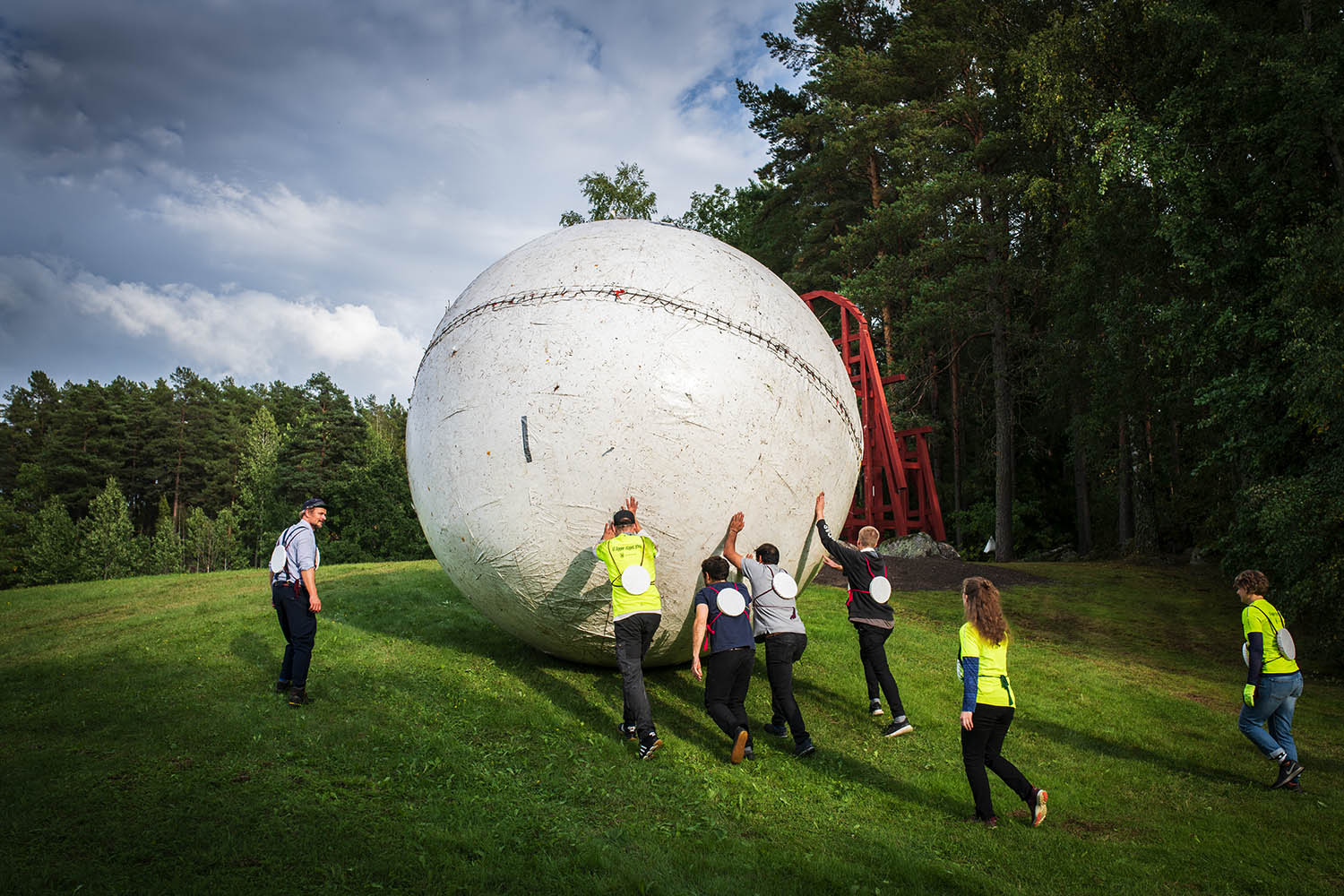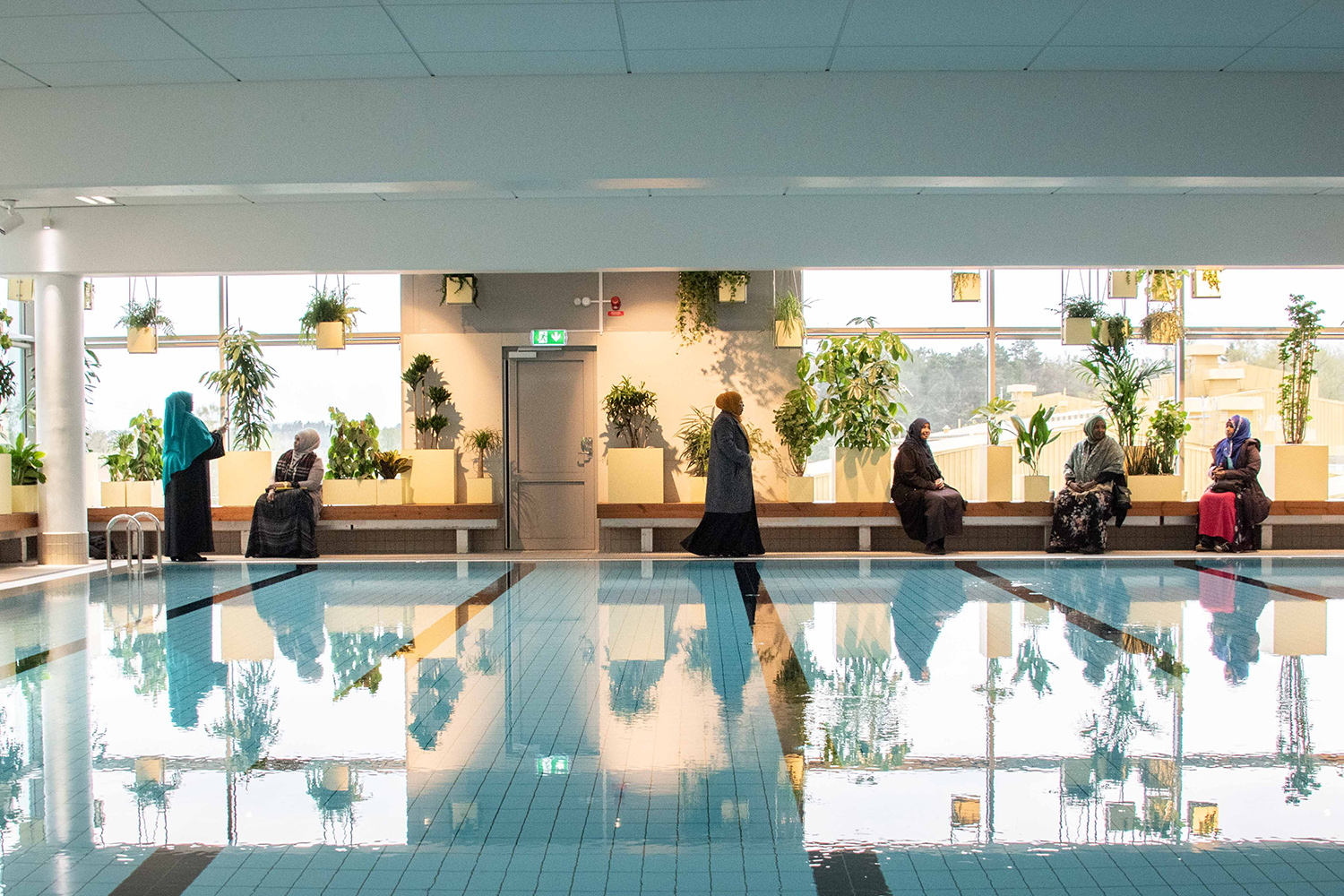There is a strong willingness on the part of municipalities and regions to work closely with their citizens by means of citizen dialogues and other initiatives. Many municipalities have introduced citizen proposals in order to increase participation in decision-making. Targeted government commissions have given Public Art Agency Sweden a specific mandate to develop new and different methods.


Knowledge of the Local Context Is Needed
The free role of art and artistic exploration make art especially interesting when artistic work comes into contact with civil society. In terms of art and artistic design, processes and results may be more relevant and of a higher quality if the point of departure is the local residents’ experience and knowledge of the site and how it works. Both physically and socially. This is particularly important in residential areas but also in relation to artistic interventions in, for example, playgrounds, parks and squares. Local residents are also best informed about local ideas of how the site should work and perhaps be changed.
By bringing together people living and working in the area with local or external expertise in planning, architecture, art and cultural heritage, new places can be created and old ones changed, in a collaborative effort. This makes it possible to both preserve local knowledge and work with a high artistic quality, which is crucial for a long-term sustainable designed living environment.
Citizen Influence Contributes to Greater Sustainability
Collaboration over time among residents, civil society and artists creates knowledge development for all parties involved and can contribute to a durable and sustainable transformation of a place. Collaboration with civil society can also improve the activities of public-sector bodies, those of governmental authorities as well as municipalities.
However, there is not only one civil society. Therefore, one cannot claim to be working with the whole of civil society. Who defines as well as represents civil society must be allowed to differ from place to place. It has to be decided early on and clearly in each process. Artistic work may, among other things, highlight and visualise issues and values that otherwise would not be brought to the table when urban and residential areas are transformed. Artistic commissions and processes may, in turn, inspire and activate other parties and thus become catalysts for further and different local efforts.
What Is Civil Society?
Our definition includes established organisations, foundations and communities, including charities, ethnic associations, tenants associations, allotment garden associations, community associations, historical societies, sports associations and others, who are not part of the public sector. Internet-based actors who are locally committed but not organised into associations or foundations are also part of civil society. For example, groups of young people, pensioners, parents, etc.
Methods for Citizen Influence
Many municipalities have chosen to work with citizen proposals in order to increase civil society’s influence on various processes. In these municipalities, all registered residents have the right, in the city council, to raise issues on the responsibility of the municipality, and several art projects – especially murals and graffiti wall paintings – have been created in this way. The model is applied in almost 200 of Sweden’s 290 municipalities.
By targeted government commissions, Public Art Agency Sweden has a specific mandate to develop innovative ways of working with citizen influence when public art is developed. This development work has always been carried out in collaboration with municipalities and residents across the country, in different ways in different places. Our collaborations have taken place within the framework of urban development as well as permanent and temporary artistic projects. The resulting artworks’ techniques range from drawings, performance, films and sounds to a pinball machine, a dance hall and a 36-metre-tall sculpture. There is a common denominator: the point of departure for all the projects was the special conditions of the particular place. Scroll down for concrete examples of processes, results and lessons learned.
